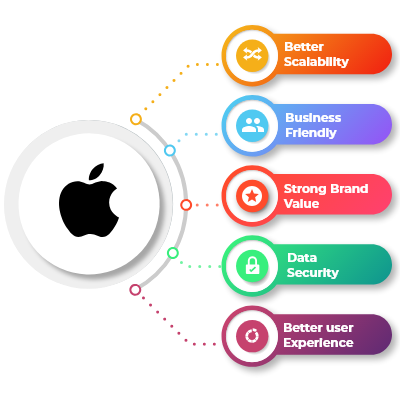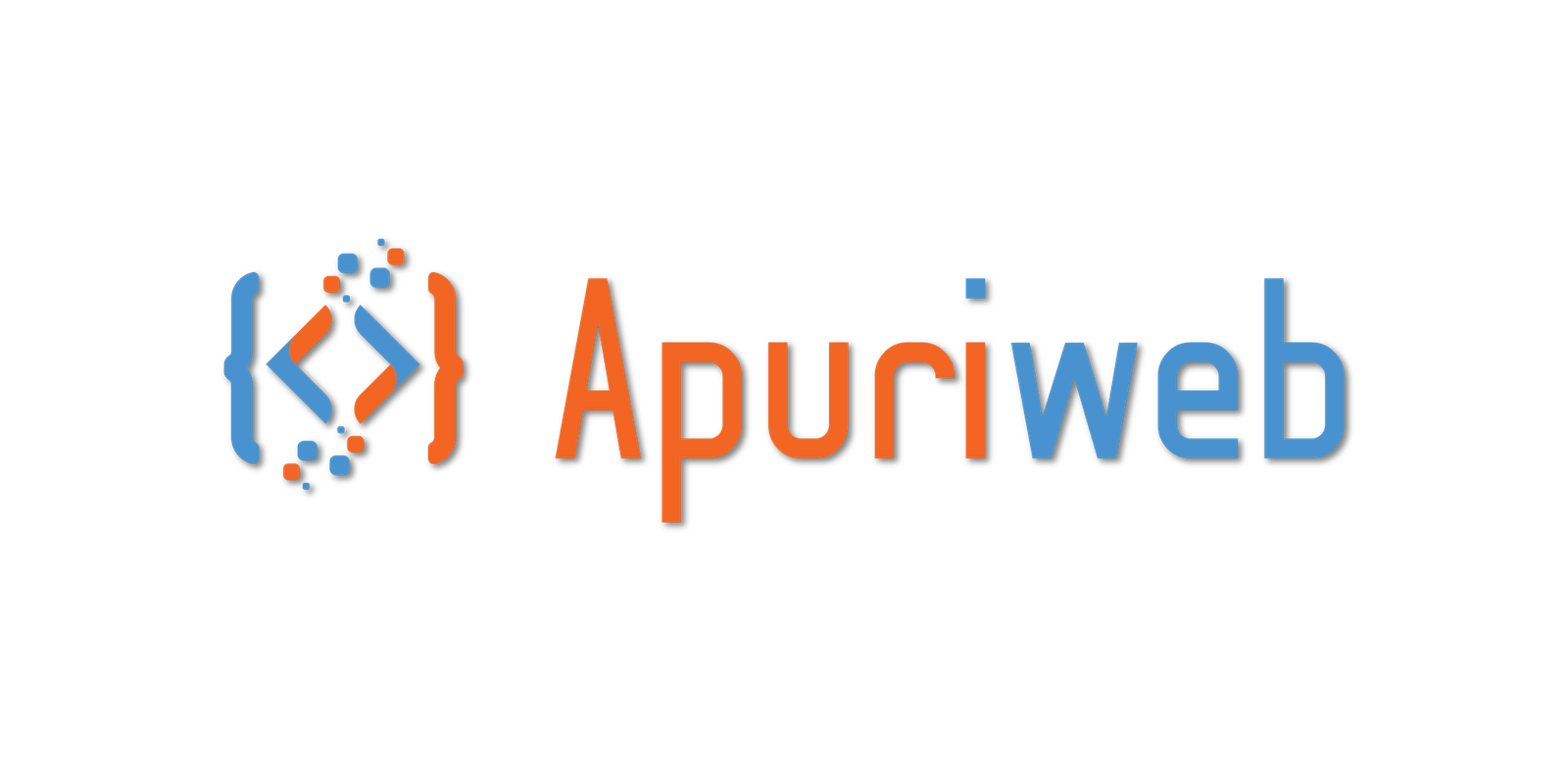
iOS app development refers to the process of creating software applications specifically designed to run on Apple’s iOS operating system, which is used on devices like the iPhone, iPad, and iPod Touch. iOS app development can be a lucrative and exciting field, and it involves several key components:
Programming Languages:
iOS apps are primarily written in two programming languages: Swift and Objective-C. Swift is the newer and more popular language, known for its readability and performance. Objective-C is an older language that is still used in some legacy apps.
Integrated Development Environment (IDE):
Xcode is Apple’s official integrated development environment for iOS app development. It includes a code editor, debugger, interface builder, and various tools for app testing and deployment.
UI/UX Design:
Designing an attractive and user-friendly interface is crucial for the success of an iOS app. You can use tools like Sketch, Adobe XD, or Figma for designing app interfaces.
App Architecture:
iOS apps typically follow design patterns like Model-View-Controller (MVC) or Model-View-ViewModel (MVVM) to structure their code. This helps maintainability and scalability.
APIs and Frameworks:
Apple provides a wide range of APIs and frameworks to simplify common tasks such as user authentication, database access, networking, and more. For example, UIKit for building the user interface, CoreData for data storage, and URLSession for network requests.
Testing and Debugging:
Thorough testing is essential to ensure your app works correctly and is free of bugs. Xcode provides tools for debugging and simulating different iOS devices.
App Store Submission:
Once your app is developed and tested, you’ll need to submit it to the Apple App Store. This involves meeting Apple’s guidelines, creating app icons and screenshots, and providing metadata about your app.
Monetization:
You can choose how to monetize your app. Options include selling it on the App Store, offering it for free with in-app purchases, displaying ads, or using a subscription model.
Maintenance and Updates:
After launching your app, you’ll need to regularly update it to fix bugs, add new features, and ensure compatibility with the latest iOS versions.
Security:
iOS apps must prioritize security to protect user data and maintain users’ trust. This includes implementing secure authentication methods and data encryption.
To get started with iOS app development, you’ll need a Mac computer running macOS, Xcode installed, and a good understanding of Swift or Objective-C programming. There are also many online resources, courses, and tutorials available to help you learn iOS app development. Additionally, Apple’s official documentation is a valuable resource for in-depth information on iOS development.
